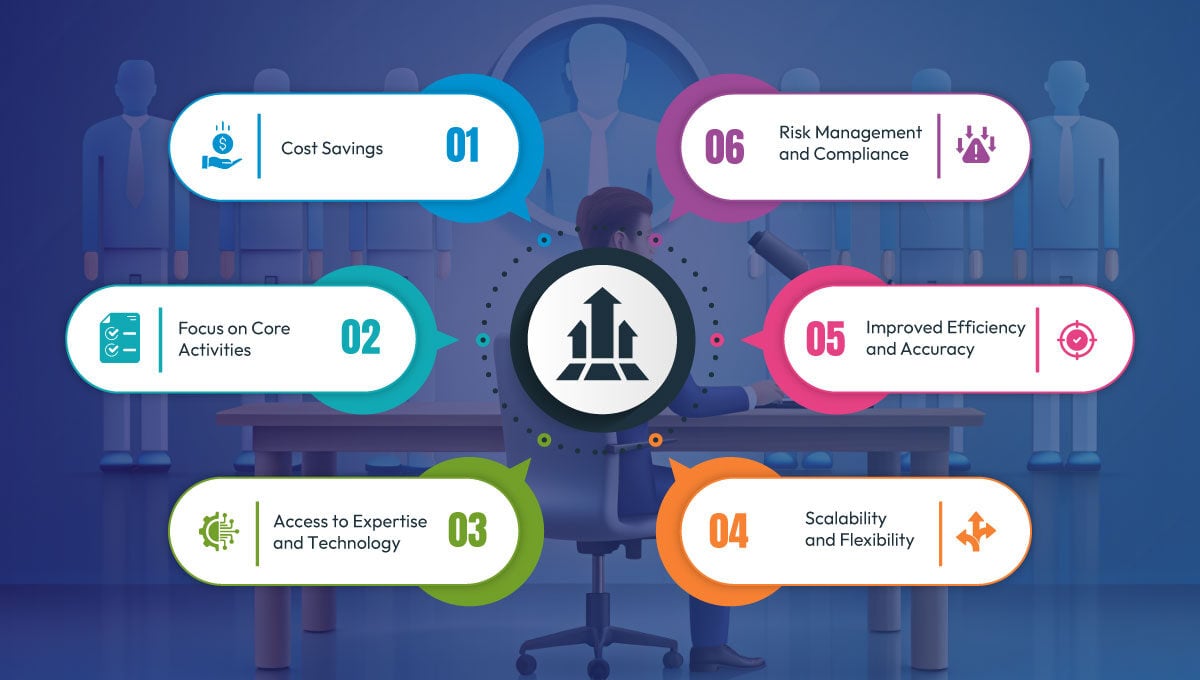
Discover how optimizing your back office operations can transform your business efficiency and boost your bottom line.
Understanding Back Office Operations and Their Impact on Business Efficiency
Back office operations serve as the backbone of any successful business, encompassing vital functions such as data management, accounting, HR, and compliance. While often overshadowed by front-end services, these processes are crucial for maintaining a smooth workflow and supporting customer-facing activities. By enhancing efficiency in these areas, companies can significantly reduce operational costs and improve overall performance, allowing them to reinvest resources into growth and innovation.
The impact of efficient back office operations extends beyond cost savings; it also includes improved accuracy in data handling, faster turnaround times for internal processes, and a more agile business structure capable of adapting to market changes. Recognizing the strategic role of back office functions is the first step towards unlocking new levels of efficiency and competitiveness.
Key Strategies for Optimizing Back Office Processes
Optimizing back office processes requires a multifaceted approach. Key strategies include the standardization of procedures to minimize variability, automation of repetitive tasks to reduce human error, and re-engineering workflows for better resource allocation. It's also critical to provide ongoing training for staff to ensure they are proficient in the latest tools and best practices.
In addition, leveraging data analytics can provide insights into performance bottlenecks and help identify opportunities for improvement. Establishing clear metrics and KPIs is essential for tracking progress and ensuring that optimization efforts lead to measurable outcomes. Regular reviews and updates to these strategies will help maintain optimal performance as business needs evolve.
Technology Integration: A Gateway to Enhanced Operational Efficiency
The integration of cutting-edge technology is a game-changer for back office efficiency. Solutions such as cloud computing provide scalable infrastructure, while AI and machine learning offer advanced capabilities for data analysis and decision-making. Robotic Process Automation (RPA) can take over routine tasks, freeing up human resources for more complex and strategic work.
Choosing the right technologies requires a thorough assessment of current processes and a clear understanding of the desired outcomes. It's important to ensure that any technological solution aligns with the company's overall strategy and is supported by a robust implementation plan. With careful planning and execution, technology can dramatically enhance the speed, accuracy, and efficiency of back office operations.
Measuring the Impact of Streamlined Back Office Operations
To validate the success of optimization efforts, it's essential to measure the impact of streamlined back office operations. This involves tracking changes in key performance indicators such as process cycle times, error rates, and cost per transaction. Additionally, assessing employee satisfaction and customer feedback can provide insights into the qualitative benefits of process improvements.
Regular reporting and analysis enable businesses to fine-tune their strategies and make informed decisions about future investments in back office optimization. It also helps to build a culture of continuous improvement, where employees are encouraged to identify inefficiencies and contribute to enhancing operational workflows.
Case Studies: Success Stories of Back Office Optimization
Real-world case studies offer valuable lessons on the benefits of back office optimization. For instance, a financial services company that implemented RPA saw a 40% reduction in process cycle times, leading to higher customer satisfaction and lower operational costs. Another example is a retail business that adopted cloud-based ERP systems, resulting in real-time data access and more agile decision-making processes.
Such success stories highlight the transformative potential of back office optimization when executed effectively. They serve as inspiration and a blueprint for other organizations seeking to enhance their operational efficiency and secure a competitive edge in their respective markets.




Leave a Comment